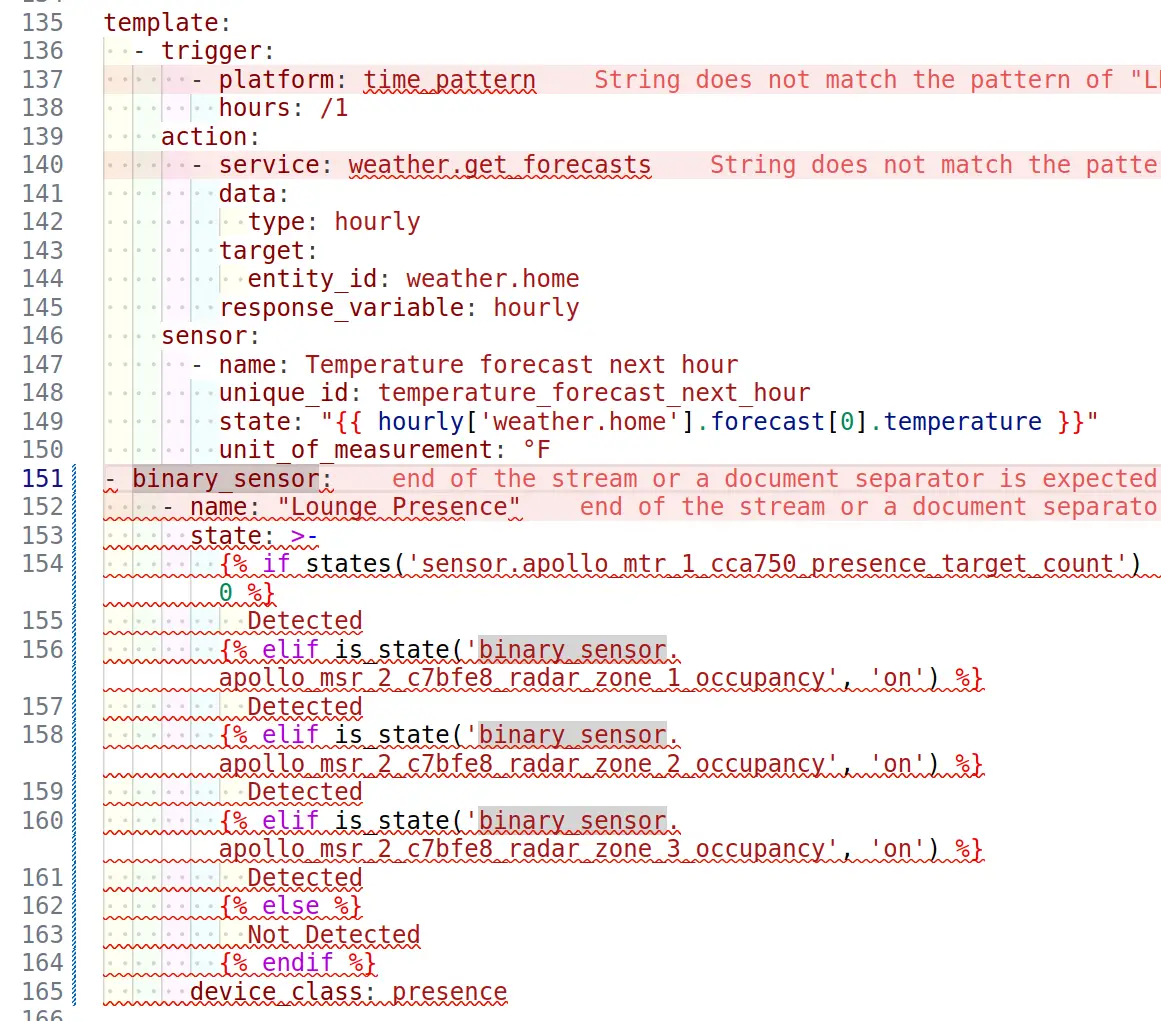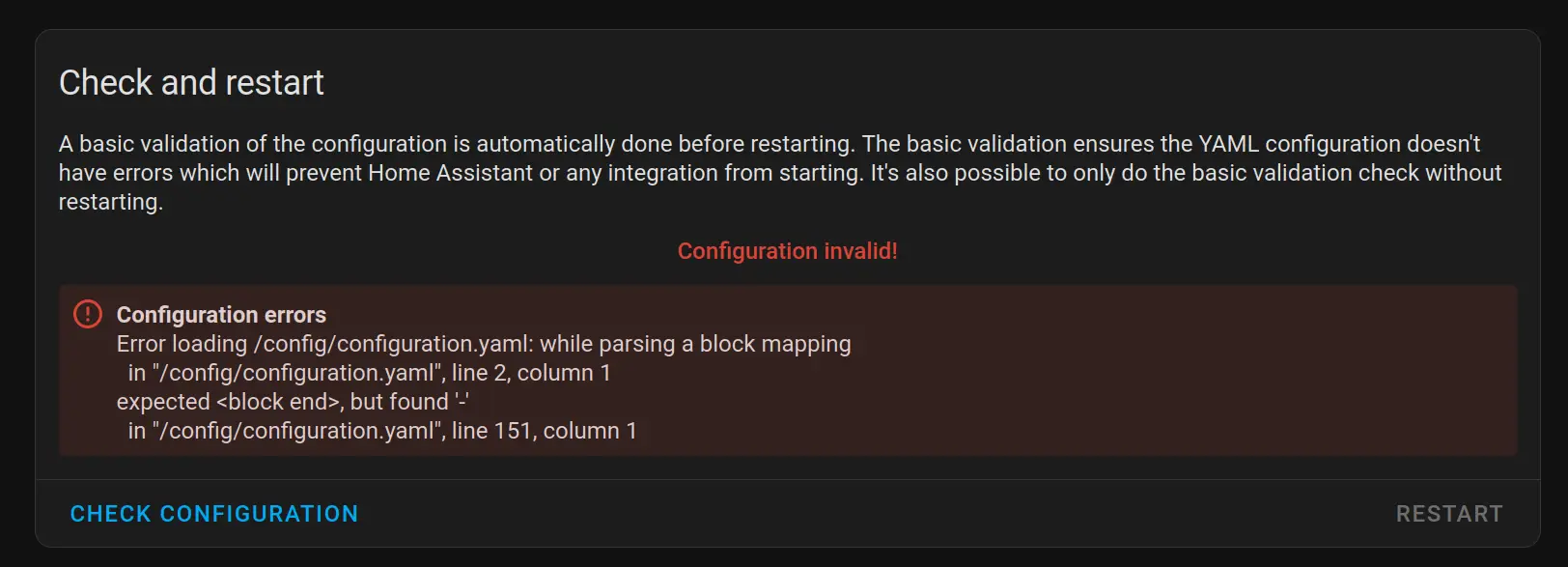

I highly recommend OPNsense over pfSense for the UI improvements alone, but there are other reasons to use/support OPNsense over pfSense.
Can you list or summarize some of the other reasons?


I highly recommend OPNsense over pfSense for the UI improvements alone, but there are other reasons to use/support OPNsense over pfSense.
Can you list or summarize some of the other reasons?


Before Linux command line?


Using your own domain definitely makes it easy to get back up by just switching providers. But what about all your historical emails? If your original provider goes poof, what’s the plan? I connect via IMAP, so all my emails are stored on the provider’s servers, right? Or do email apps keep local copies, too?
Are there backup services for emails? I seem to recall Outlook having some kind of archive feature (I haven’t used outlook in decades), but I think I remember it was only recoverable in outlook and even then, it was a pain to search for a particular email.


Congratulations!


That sounds like a possibly difficult decision. Good luck.


It sounds like the password history shows generated passwords (e.g , for all entries or for no entry), not passwords saved for an entry. I haven’t tested this yet, though.
If so, it wouldn’t help you with any particular entry’s past password, and in fact it would seem like a pretty useless feature.


I host tt-rss in docker and use Tiny Tiny RSS in GrapheneOS.


#VowelPlay #144 4/4
🟢⚪⚪⚪ 🟢⚪⚪⚪ 🟢⚪⚪⚪ 🔴🟢⚪⚪


When I install qbittorrent via docker, I see this in the docker logs:
qbittorrent-1 | 2024-11-04T15:25:25.201955254Z The WebUI administrator username is: admin
qbittorrent-1 | 2024-11-04T15:25:25.201974066Z The WebUI administrator password was not set. A temporary password is provided for this session: H7ct3xPes
That’s the default admin credentials for the instance. I can then change the login or pw in the UI.


I found the solution. configuration.yaml needed to have the following syntax, with the defined values being true or false (instead of “Detected” or “Not Detected”):
template:
- binary_sensor:
- name: "Lounge Presence"
state: >-
{% if states('sensor.apollo_mtr_1_cca750_presence_target_count') | int > 0 %}
true
{% elif is_state('binary_sensor.apollo_msr_2_c7bfe8_radar_zone_1_occupancy', 'on') %}
true
{% elif is_state('binary_sensor.apollo_msr_2_c7bfe8_radar_zone_2_occupancy', 'on') %}
true
{% elif is_state('binary_sensor.apollo_msr_2_c7bfe8_radar_zone_3_occupancy', 'on') %}
true
{% else %}
false
{% endif %}
device_class: presence


Thanks for sharing about Backrest. I use Restic and Backrest looks like a great addition to it.


I think Studio Code Server is a linter. It’s telling me what the syntax problems are - I just don’t know how to fix them. Now that I removed the hypehn, it’s not telling me there are any spacing/formatting issues. But it currently says I’m missing the “entities” and “platform” properties, but I don’t know what the values should be. And It also says “state” is not an allowed property, but that’s the property that holds all the important stuff about this sensor - so how can I remove it?


What I did was de-indent the binary_sensor section so it was at the same heirarchy as the template section, like this:

But I realize now that I have to remove the hypen before “binary_sensor”. When I do, I Studio Code Server still shows a couple errors:

It says I’m missing the “entities” and “platform” properties, and that “state” is not an allowed property.


Thanks for the suggsetion @Matt The Horwood.
It looks like a “Combine the state of several sensors” or a “Group” helper only allow you to combine sensors of the same type.
I created a binary sensor from a template using the helper, but it also returns “‘binary_sensor’ is undefined” when I try to access its value in the template editor with {{ states(binary_sensor.lounge_presence) }}


If any of these 4 things happen, set the sensor to “Detected”, otherwise set it to “Not Detected”:
As I said, this is working correctly in the template editor. The problem is that I can’t make a sensor out of it.


Thanks for the suggestion, @NeoNachtwaechter.
But doing that makes configuration.yaml invalid:



~/git/vendor/<gitUser>/<repo>
and
~/git/<myName>/<forge>/<user>/<repo>
Examples:
~/git/vendor/EnigmaCurry/d.rymcg.tech
~/git/mike/forgejo/mikew/myproject
~/git/mike/github/johndoe/otherProject


I should add the d.rymcg.tech includes step-ca if you want to host your own CA server, but I agree with @[email protected] : it’s not necessary for securely hosting services, and ir can be dangerous I’d not done carefully.
Thanks for that info, @[email protected]